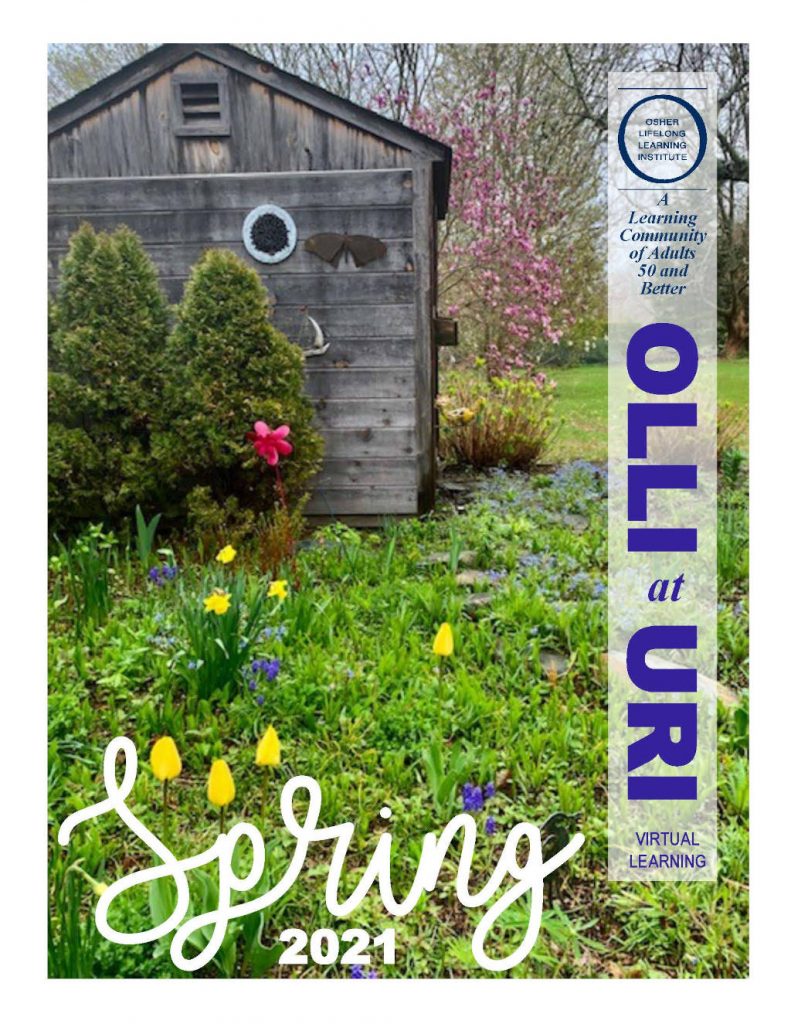Plant for the greater good while learning how to enhance a beautiful backyard. Here’s how.
Know this: you can make a difference by choosing what you plant, where you plant it, and what will attract pollinators such as bees, hummingbirds, bats, butterflies and other insects.
Pollinators are crucial to our planet’s health. We often assume they are a nuisance, but do not take these essential creatures for granted. Simply put, if plants aren’t reproducing, then we are in trouble because we rely on plants for food sources – and so do the animals we raise. Even the U.S. Fish and Wildlife Service is warning us about the importance of supporting our
agricultural future. Delawareans should be mindful of this, particularly because our precious landscape needs particular protection.
On its homepage, Lewes Beekeeping Club emphasizes that 85% of our plants require pollinators to stay alive and better yet, reproduce. Strawberries, blueberries, cucumbers and even coffee beans need pollinators to thrive. So, strategize for your friendly-neighborhood pollinators (AND HERE’S ANOTHER KEY PIECE) using native Delaware plants!
What you plant in your Delaware garden makes a difference.
Caterpillars need leaves for food (trees). Once they become butterflies, they need nectar from flowers just as bees do.
Ptery Iris, horiculturalist and instructor for University of Delaware’s Osher Lifelong Learning Instute (OLLI)
Let’s use birds to explain a bit more. What birds consume – insects, berries, seeds, etc. – directly affects the health of Delaware’s native species and ultra-important watershed. If a bird, for example eats the berries from an invasive species, it unassumingly can spread that plant through its waste. Sounds yucky, but it’s for real.
SIDE NOTE: If you’re a fan of birds in your backyard, the Audubon Society provides a tremendous resource of native plants and shrubs you can establish. It even emphasizes as part of its mission to protect birds by Zip Code to advise what you should plant!
Ptery Iris and many others emphasize the tremendous importance of keeping native Delaware plants in our gardens and woods for the sustainability of our fragile coastal ecosystem.
Invasive species cause harm to wildlife in many ways. When a new and aggressive species is introduced into an ecosystem, it may not have any natural predators or controls. … Invasive species can [also be indirect threats by] chang[ing] the food web in an ecosystem by destroying or replacing native food sources. The invasive species may provide little to no food value for wildlife… may alter the abundance or diversity of species that are important habitat for native wildlife. Additionally, some invasive species are capable of changing the conditions in an ecosystem, such as changing soil chemistry or the intensity of wildfires.
The National Wildlife Federation
Planting native species is for the good of everything in Delaware, including our water quality. In a five-week course on native plants, Iris has many recommendations for planting native species in Delaware – and this includes everything from trees to shrubs, ground coverings and flowering plants. She emphasizes that every level of our landscape has a role – from the canopy (the tall trees) to the understory and soil where insects thrive.
Here are just a few of her suggestions for native plants at each level.
Canopy:
• Black Cherry
• Loblolly pines
• River Birch
Understory:
• Pagoda Dogwood
• Eastern Redbud
• Paw Paw
Vines:
• Native Coral Honeysuckle
• Button Bush
• American Strawberry Bush
Flowers and Perennials:
• Goldenrod
• Columbine
• Asters
• Turk’s Caplily (which by the way happens to be Delaware’s state flower)
• Purple Cornflower
• Milkweed – essential for Monarch butterflies’ diet
Groundcovers:
• Wild Ginger
• Violets, especially “woody blue”
• Woodland Phlox
• Allegheny Pachysandra (not to be confused with the invasive pachysandra usually seen on manicured lawns)
Iris also recommends researching native plants by location to be sure you enjoy your Delawarean garden to its fullest potential, year-round. Enjoy!


